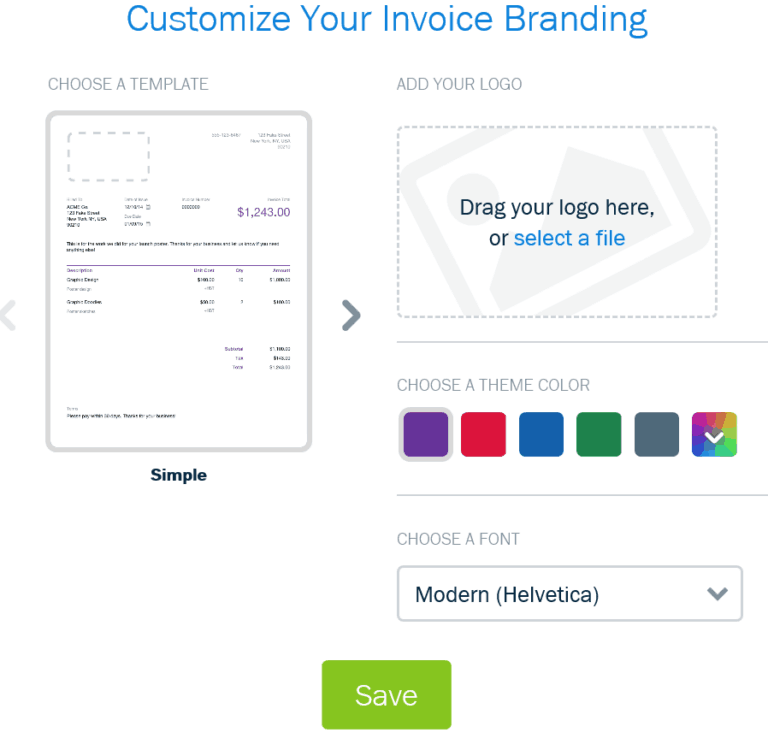


Having a standard revenue recognition guideline helps to ensure that an apples-to-apples comparison can be made between companies when reviewing line items on the income statement. The revenue recognition principle, a feature of accrual accounting, requires that revenues are recognized on the income statement in the period when realized and earned-not necessarily when cash is received.
#EASY BOOKS ACCOUNTING SOFTWARE REVIEWS HOW TO#
Revenue Recognition Revenue recognition is a generally accepted accounting principle (GAAP) that identifies the specific conditions in which revenue is recognized and determines how to account for it.Spend management is a continuous and ongoing mechanism that aims to improve a company's bottom line by managing and maximizing its spending. Spend analysis, spend categorization/classification, spend data management, and spend performance management are all covered. Spend Management The end-to-end management of an organization's spend is referred to as spend management.For example, if a restaurant owes money to a food or beverage company, those items are part of the inventory, and thus part of its trade payables. Accounts Payable Accounts payable include all of the company's short-term debts or obligations.Furthermore, accounts receivable are current assets, meaning the account balance is due from the debtor in one year or less. Companies record accounts receivable as assets on their balance sheets since there is a legal obligation for the customer to pay the debt. It typically ranges from a few days to a fiscal or calendar year. Accounts receivable, or receivables represent a line of credit extended by a company and normally have terms that require payments due within a relatively short time period. The phrase refers to accounts a business has the right to receive because it has delivered a product or service. Accounts Receivable Accounts receivable refers to the outstanding invoices a company has or the money clients owe the company.Timesheets required in many industry sectors are generated by the system. Invoices can be created based on milestones, partial payments and final payments as well as at cost (time and material). Billing and Invoicing Billing and invoicing feature allows you to bill project services directly to customers, employees and external service providers.Expense tracking means to track the expense that each project has. Expense Tracking Being able to manage and track expenses is what keeps the project within a budget.Through the tax management function of various tools, you can handle local and foreign tax rates. Tax Management The aim of tax management is to ensure that the provisions of the Income Tax Act and related laws are followed.


 0 kommentar(er)
0 kommentar(er)
